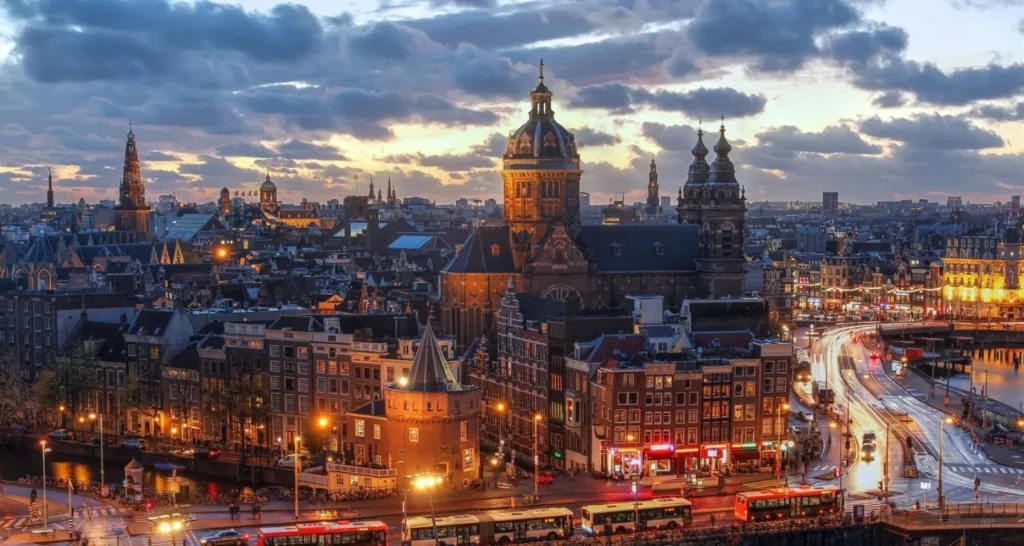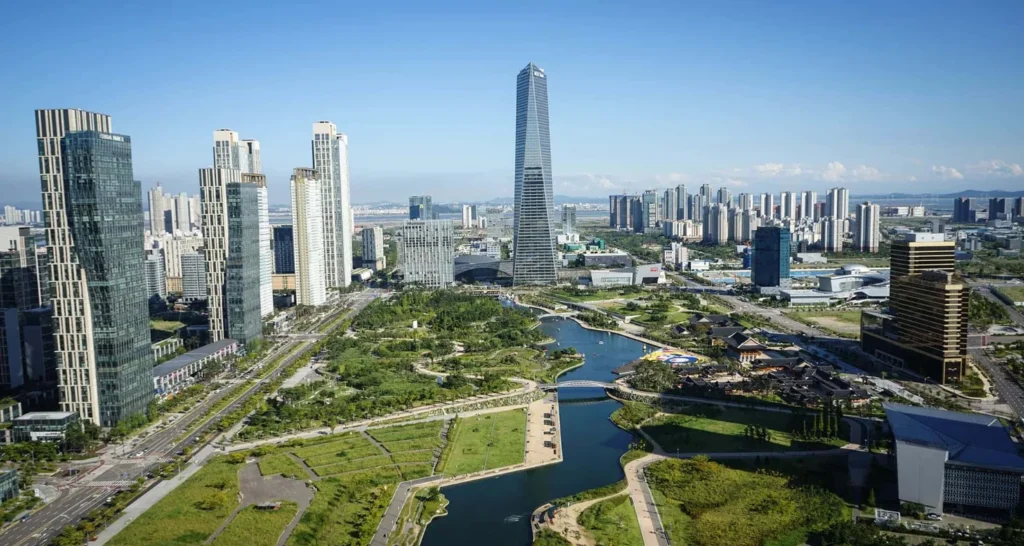
Make cities and human settlements inclusive, safe, resilient, and sustainable – the 11th SDG goal presented by the United Nations organization under a strategy called Sustainable Development Goals.
More than half of us live in cities. By 2050, two-thirds of all humanity—6.5 billion people—will be urban. Therefore, sustainable development cannot be achieved without significantly transforming the way we build and manage our urban spaces.
The rapid growth of cities—a result of rising populations and increasing migration—has led to a boom in mega-cities, especially in the developing world, and slums are becoming a more significant feature of urban life.
Making cities sustainable means creating career and business opportunities, safe and affordable housing, and building resilient societies and economies. It involves investment in public transport, creating green public spaces, and improving urban planning and management in participatory and inclusive ways.
Building Infrastructure – Goal Targets
By 2030, ensure access to adequate, safe, and affordable housing and basic services and upgrade slums.
By 2030, provide access to safe, affordable, accessible, and sustainable transport systems for all, improving road safety, notably by expanding public transport, with special attention to the needs of those in vulnerable situations, women, children, persons with disabilities, and older persons.
By 2030, enhance inclusive and sustainable urbanization and participatory, integrated, and sustainable human settlement planning and management in all countries.
Strengthen efforts to protect and safeguard the world’s cultural and natural heritage.
By 2030, significantly reduce the number of deaths and the number of people affected and substantially decrease the direct economic losses relative to the global gross domestic product caused by disasters, including water-related disasters, focusing on protecting the poor and people in vulnerable situations.
By 2030, reduce the adverse per capita environmental impact of cities, including paying special attention to air quality and municipal and other waste management.
By 2030, provide universal access to safe, inclusive, and accessible, green and public spaces, particularly for women and children, older persons, and persons with disabilities.
Support positive economic, social, and environmental links between urban, peri-urban, and rural areas by strengthening national and regional development planning.
By 2020, substantially increase the number of cities and human settlements adopting and implementing integrated policies and plans towards inclusion, resource efficiency, mitigation and adaptation to climate change, resilience to disasters, and develop and implement, in line with the Sendai Framework for Disaster Risk Reduction 2015-2030, holistic disaster risk management at all levels.
Support least developed countries, including financial and technical assistance, in building sustainable and resilient buildings utilizing local materials.
SDG#1 ; SDG#2 ; SDG#3 ; SDG#4 ; SDG#5 ; SDG#6 ; SDG#7 ; SDG#8 ; SDG#9 ; SDG#10 ; SDG#11 ; SDG#12 ; SDG#13 ; SDG#14 ; SDG#15 ; SDG#16 ; SDG#17













